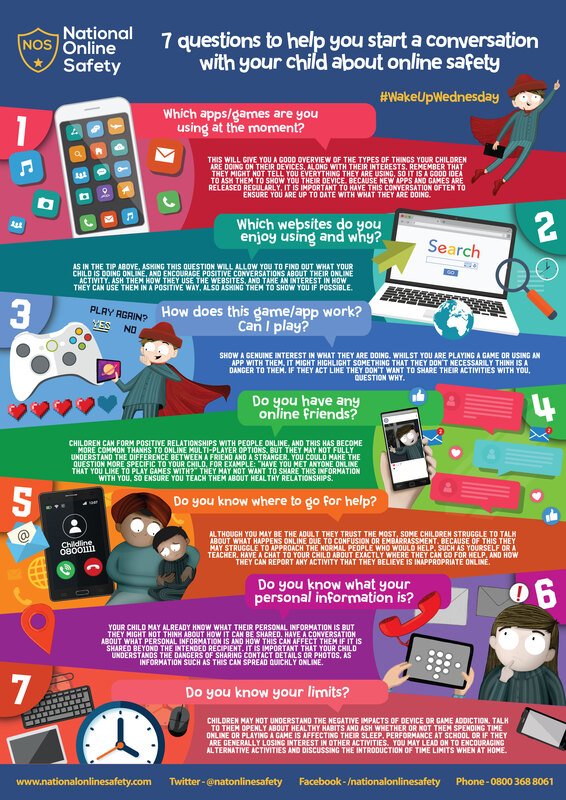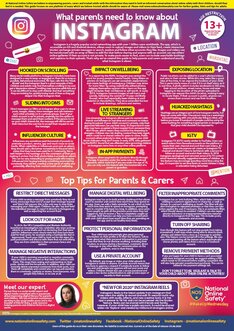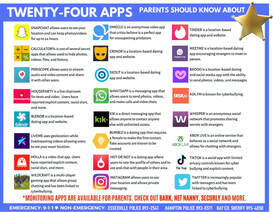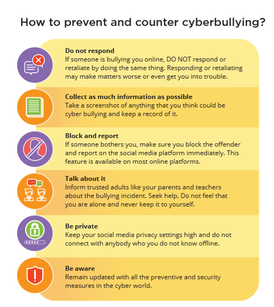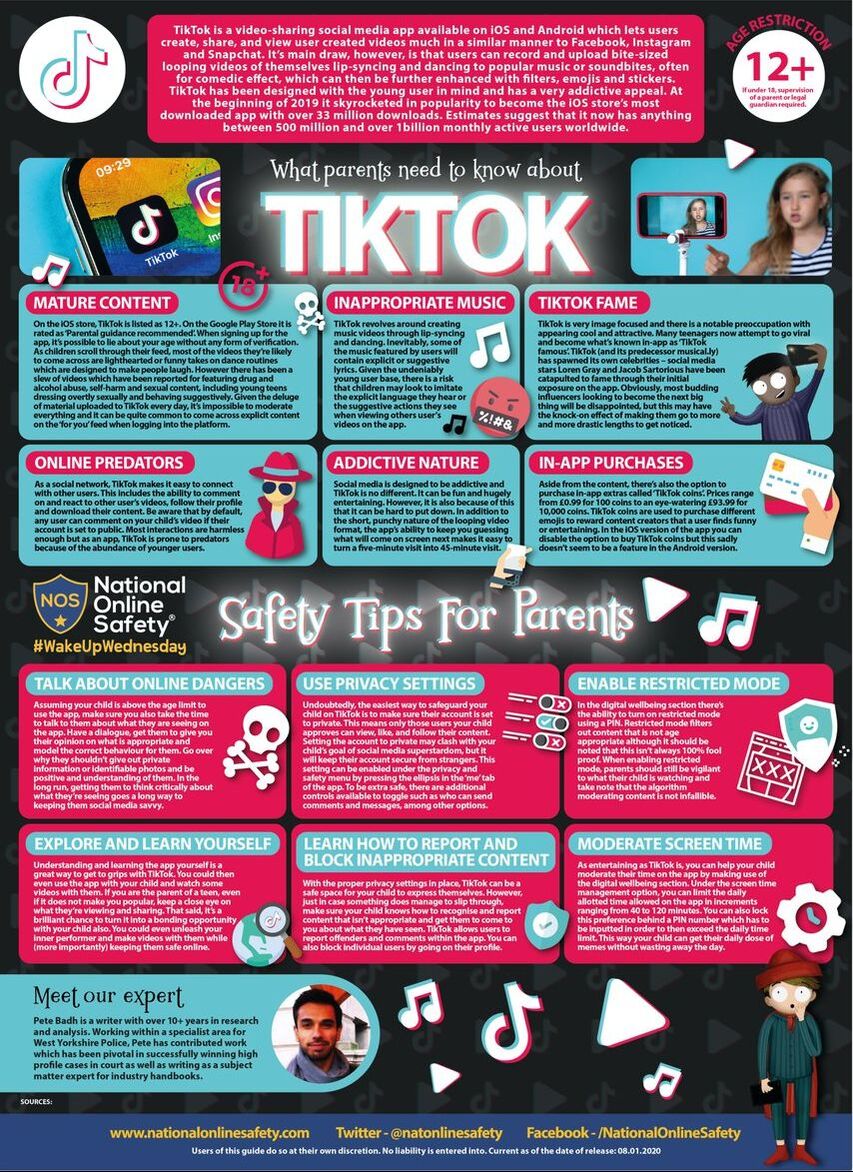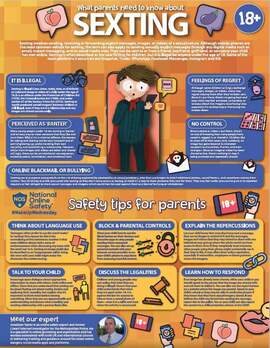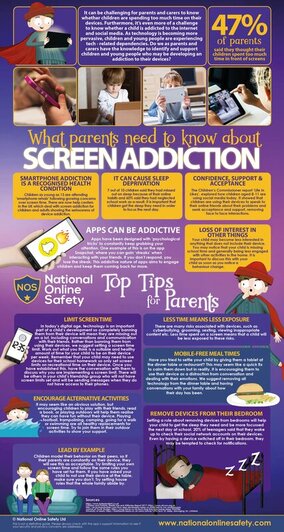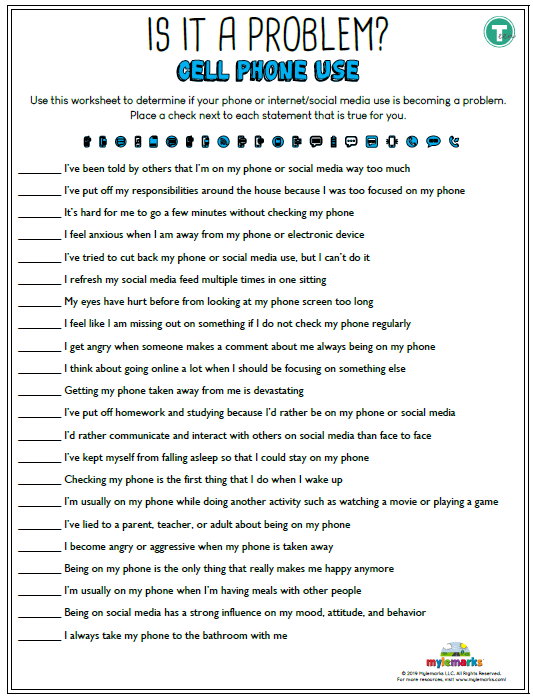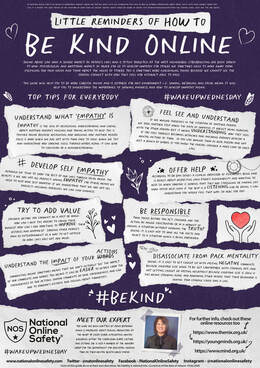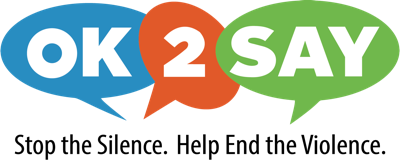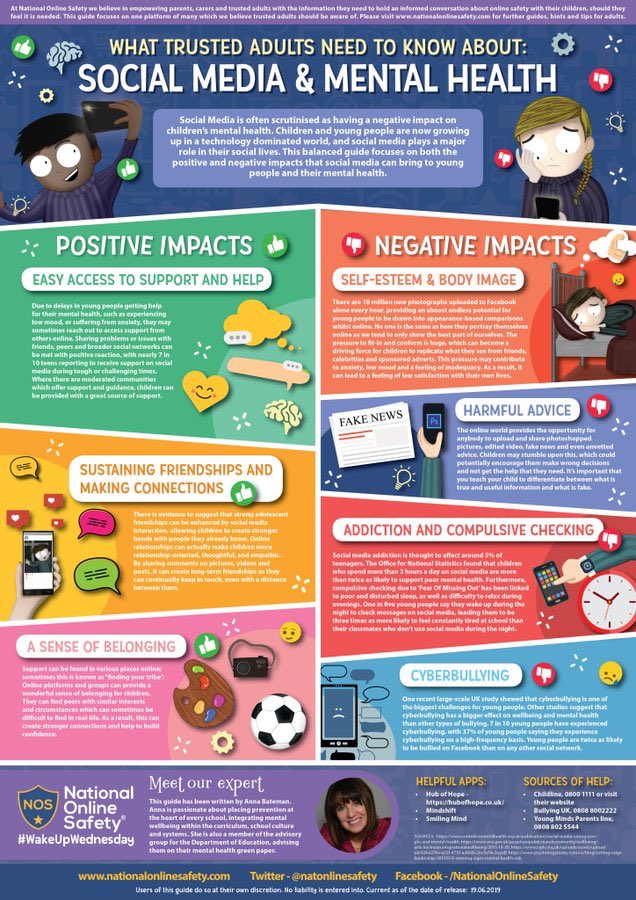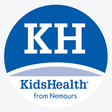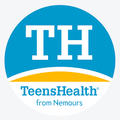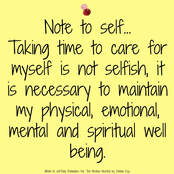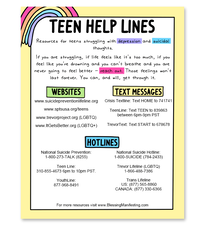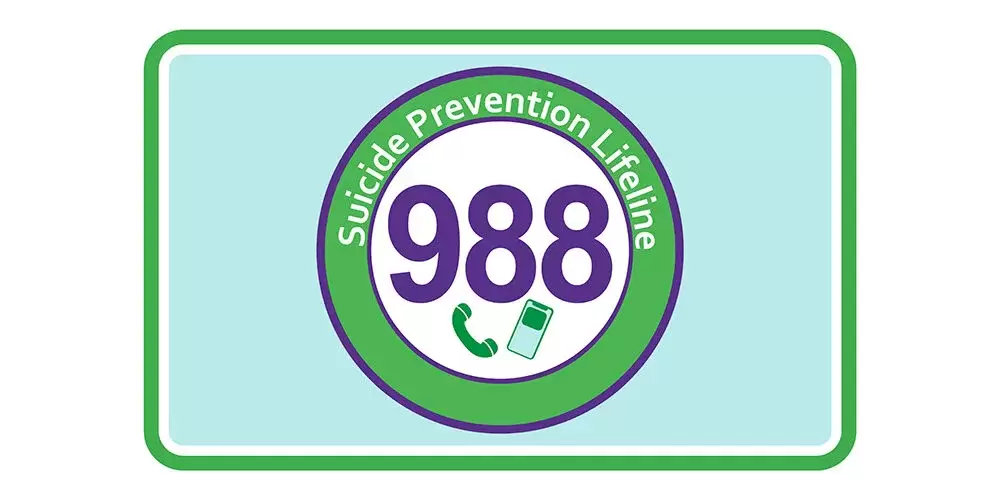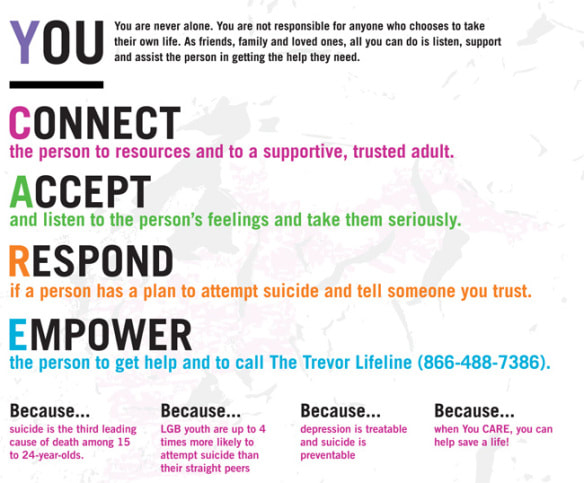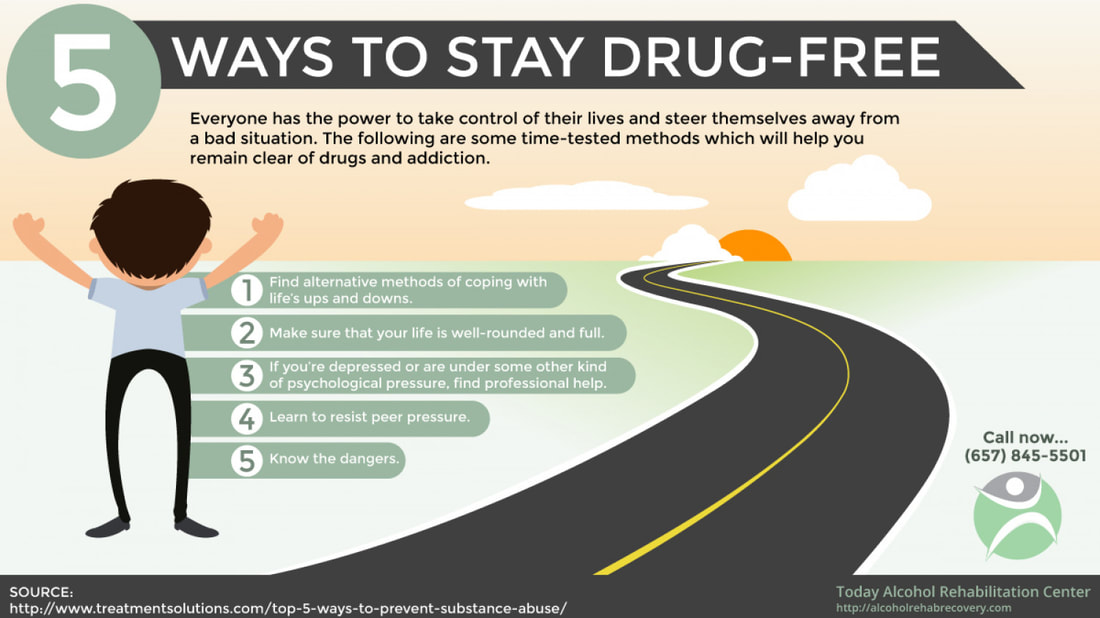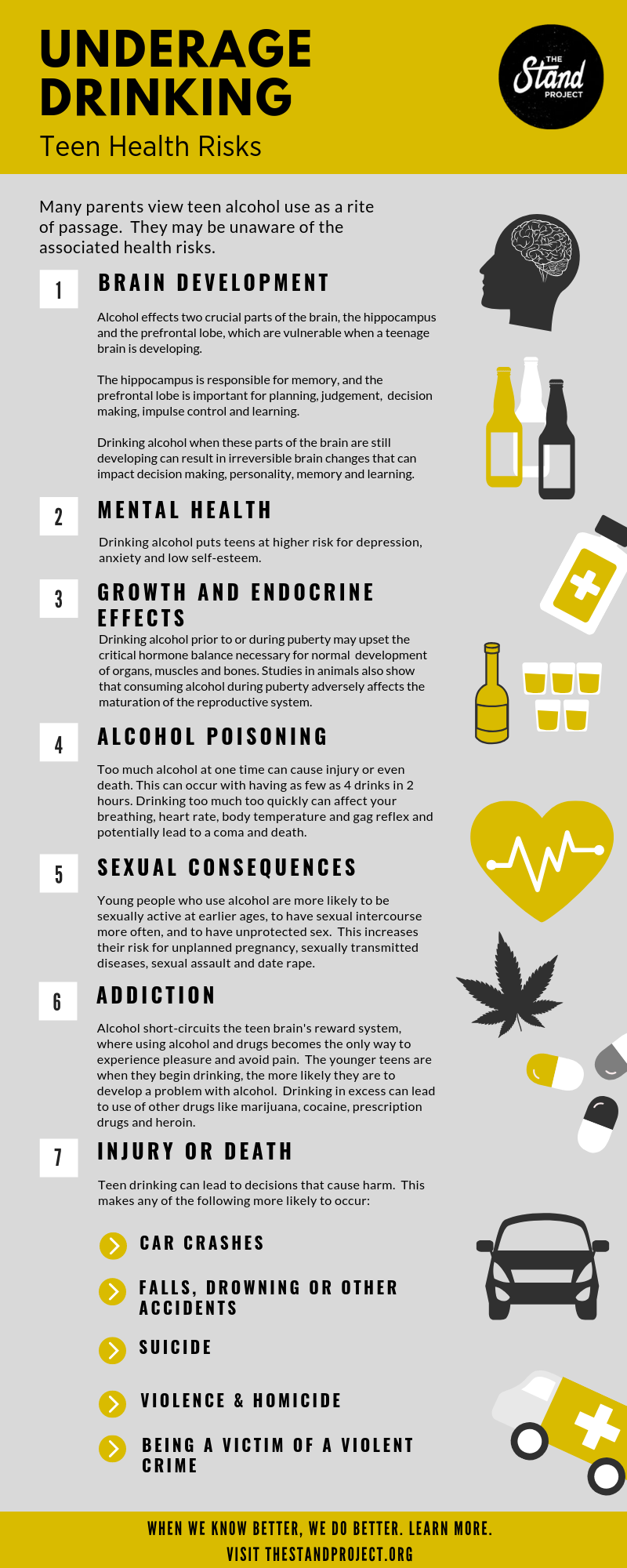INTERNET, SOCIAL MEDIA, CYBER SAFETY...
MENTAL/PHYSICAL HEALTH, DISEASE, SAFETY...
|
Tips can be submitted the following ways:
|
Our highly-trained advocates are available 24/7/365 to talk confidentially with anyone experiencing domestic violence, seeking resources or information, or questioning unhealthy aspects of their relationship.
Suicide Prevention Support and Resources: The stress and anxiety which comes from the coronavirus pandemic, financial insecurity, and feelings of isolation may put people at risk of self-harm. If you're feeling alone and struggling, you can reach out to The Crisis Text Line by texting TALK to 741741 or National Suicide Prevention Lifeline at 1-800-273-TALK(8255), 24/7.
|
Caring for your Child: Understanding Depression
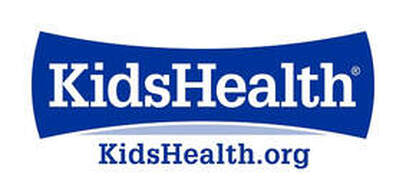
Here's what you'll find on KidsHealth.org:
Doctor-reviewed advice on hundreds of physical, emotional, and behavioral topics — from before birth through the teen years.
Separate sections for parents, kids, and teens, each created with your questions in mind.
Easy-to-follow articles, slideshows, videos, and health tools designed to help families learn, grow, and be their best.
|

If you have a child struggling with mental health or learning challenges, getting sound, clear information is the first step to getting good care. The Child Mind Institute aims to empower you with the resources you need to make good decisions for your child. Whether you're investigating your concerns or researching a particular diagnosis, we offer the most current thinking from experts and the experience of families who've been through it.
MIND OVER MATTER: How to Stress Less
Healthy Snacking Healthy Lunch Healthy Family: Kids Can Help Parents Get Healthier Sleep Hygiene VIDEO: Helping Teens Get More Sleep TEENAGE HYGIENE: Checklist for Tweens and Teenagers TALKING TO YOUR CHILD about Puberty |
 Click the logo to go to the webpage Click the logo to go to the webpage
A behavioral health center devoted to the mental health of their patients. CCH aids those suffering from depression, anxiety, suicidal thoughts, trauma and addiction. The goal is to give patients the behavioral health care they need to make positive changes in their mental health and transform their life for the better.
|
One of the myths about suicidal talk, and actual suicide attempts, in young people is that they are just a bid for attention or “a cry for help.” Kids who talk or write about killing themselves are dismissed as overly dramatic—obviously they don’t mean it! But a threat of suicide should never be dismissed, even from a kid who cries “Wolf!” so many times it’s tempting to stop taking her seriously. It’s important to respond to threats and other warning signs in a serious and thoughtful manner. They don’t automatically mean that a child is going to attempt suicide. But it’s a chance you can’t take.
⠀⠀⠀⠀⠀⠀ When thinking about this, it helps to understand what factors make a young person more or less likely to consider or attempt suicide. What do we know about young people who try to kill themselves, or who actually die by suicide? Let’s take a look at both the risk factors—things that increase the likelihood that a child will engage in suicidal behavior—and the protective factors, or things that reduce the risk. ⠀⠀⠀⠀⠀⠀ If a child has a lot of risk factors and hardly any protective factors you need to be extremely concerned about him. On the other hand, if he has a fair number of risk factors but a lot of protective factors you may be somewhat less concerned, although you still, of course, need to be concerned.⠀⠀⠀⠀ Click here for > Suicide Prevention Tips |
PEER PRESSURE, SUBSTANCE ABUSE & AWARENESS
|
|
|
